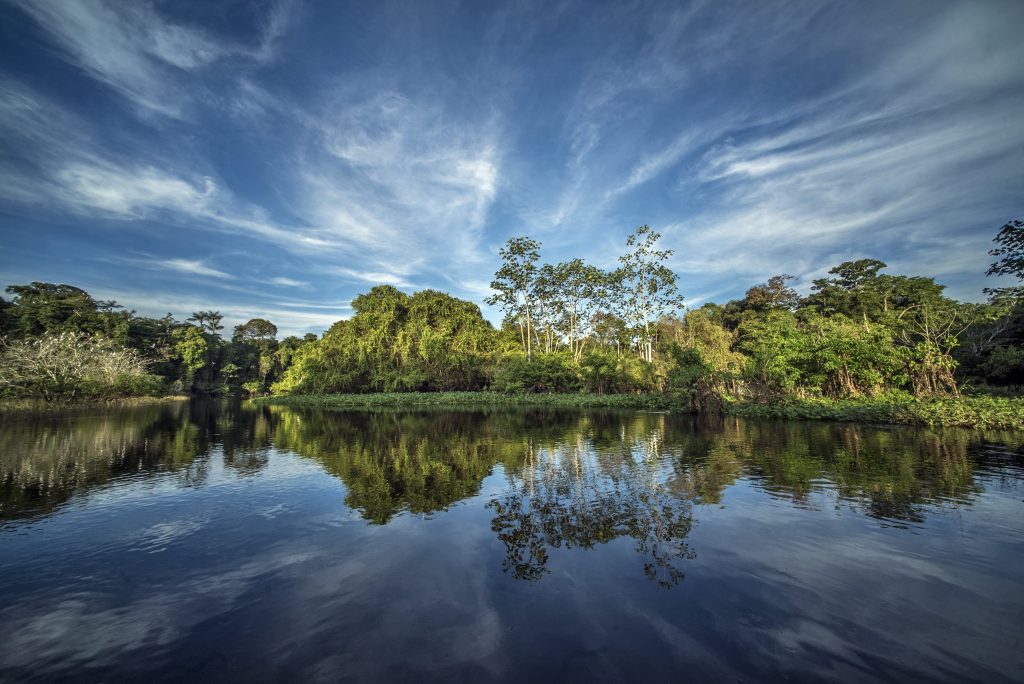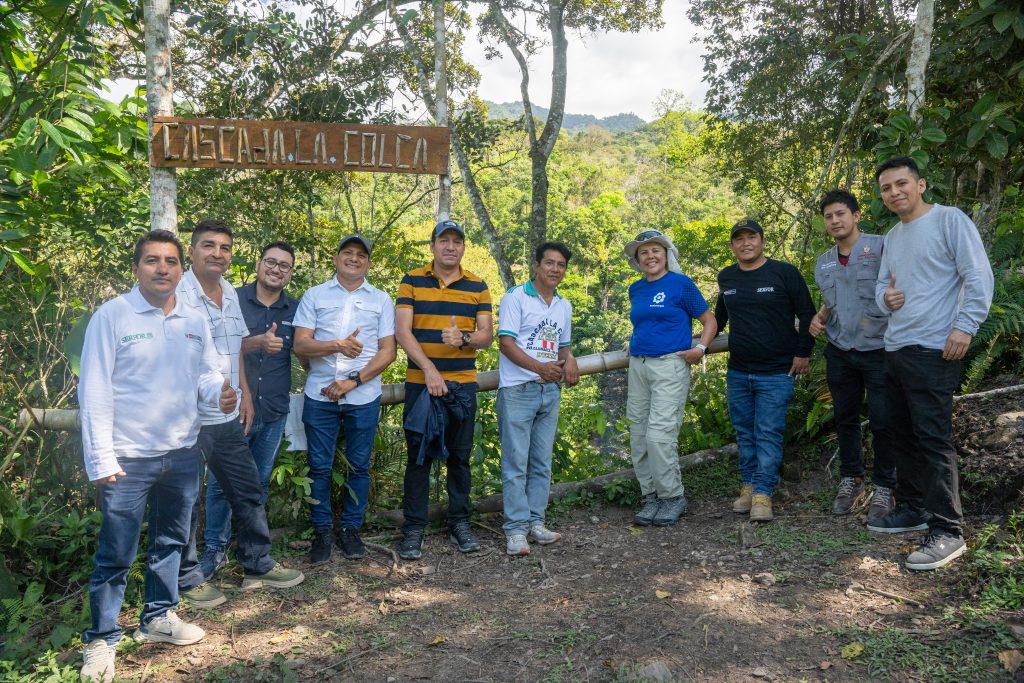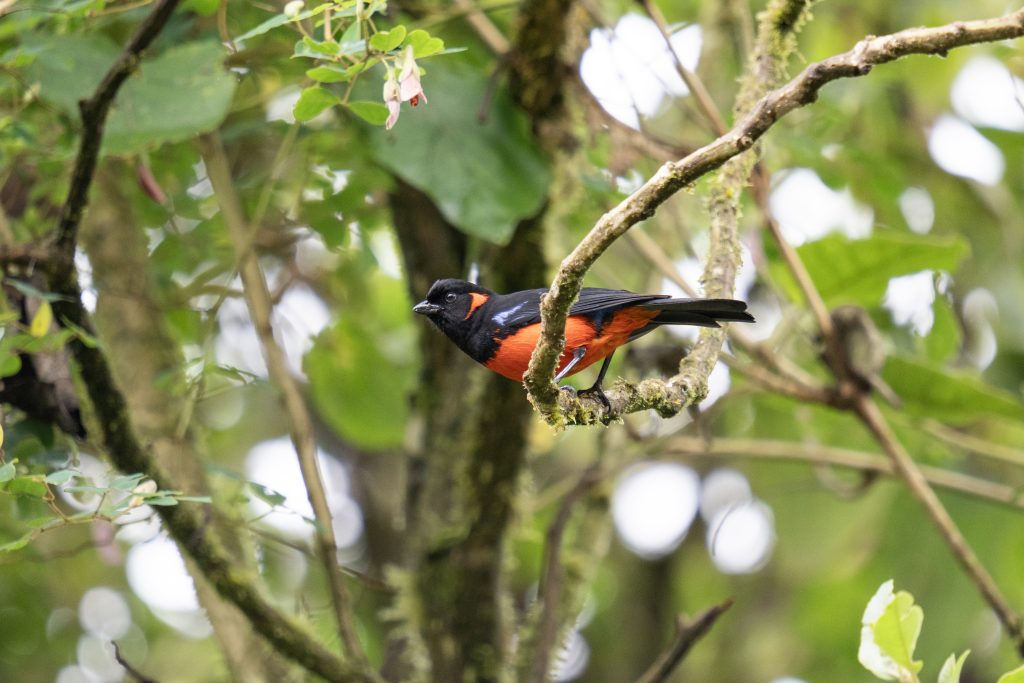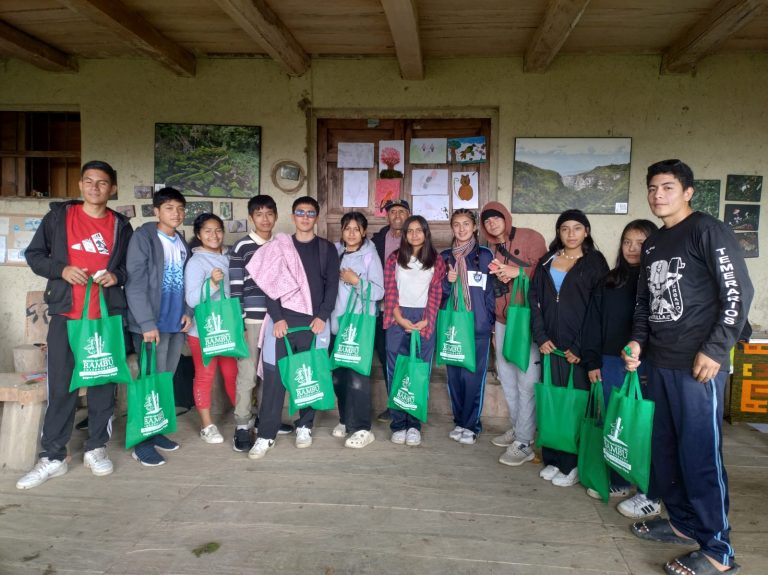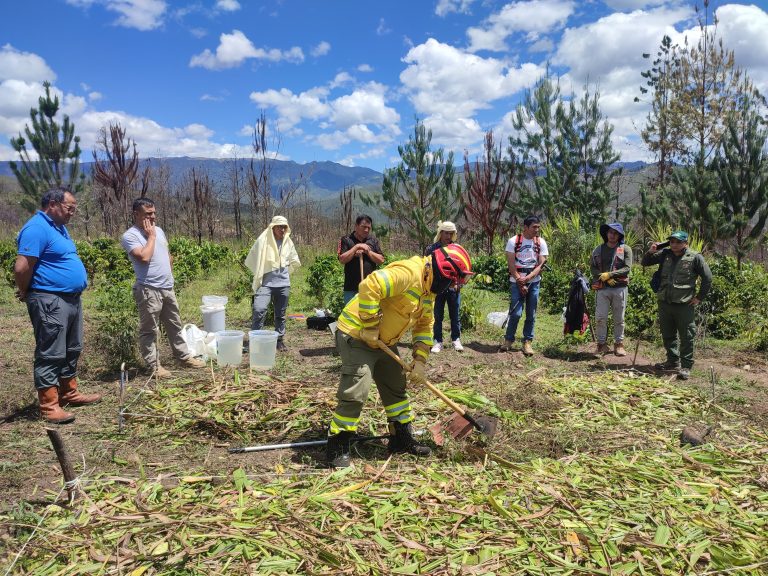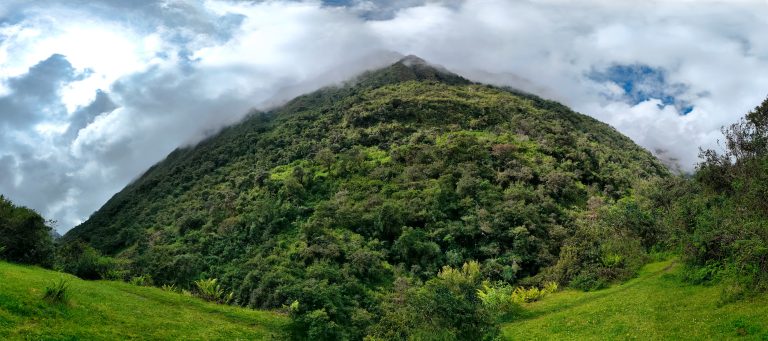Imagine a Sunday lunch with the family. The kitchen is a hustle and bustle, but they had the privilege of buying a hake and a sole, which was enough for cebiche and sudado. The local grocer had separated red hot peppers, big lemons, and with the seasonal lucumas you prepared a tiramisu. You dipped it in Amazonian cocoa powder. The label says it comes from the department of Amazonas. Everyone praises the sweet end of the lunch. We do not see it, but these supplies (fish, cacao, peppers, etc.) start from a chain of traceability that we do not fully perceive. And, many times all of these supplies can be obtained or are possible thanks to the services generated by the efficient management of a protected natural area. But what is a protected natural area, some may ask?
Machupicchu, Huascarán, Manu or Paracas are areas that surprise for their biodiversity, for the impressive nature they preserve, and since they are Protected Natural Areas (PNA), they are unforgettable and unique places. In general terms, it is estimated that Peru’s natural capital, which is conserved by the PNAs, contributes 13% of the country’s total wealth, more than double the world average and more than five times the average for high-income countries.
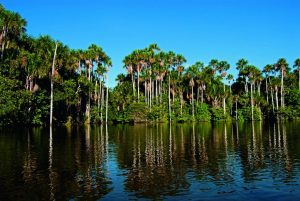
Tambopata. Photo: Walter H. Wust
Furthermore, they are not completely isolated places; close to 90,000 people live inside the PNAs and more than 750,000 live in the surrounding areas. Part of this population belongs to Amazonian indigenous peoples, some in isolation and initial contact in the PNAs of Junín, Cusco, Madre de Dios, Ucayali and Loreto. It is estimated that some three million hectares of indigenous peoples’ territories are within the scope of the PNAs. It is precisely because of this coexistence between population and ecosystems that projects are promoted with a focus on sustainable development, but, above all, respectful of the richness and importance of these protected areas. Without the commitment of these communities, safeguarding these natural treasures would not be possible.
However, despite their obvious value, they are vulnerable ecosystems due to the opening of roads, illegal mining and logging, the granting of rights to extractive industries that cause deforestation, the introduction of invasive exotic species, new diseases that jump from wild species to humans and vice versa, and the negative impacts of climate change. These threats impose high costs for these spaces to be properly managed, therefore, the challenge of generating conditions, capacities and institutional framework to maintain the conservation of these services from which all Peruvians and the rest of the world benefit, is a challenge of sustainability.
In response to this need for environmental protection, Patrimonio Natural del Perú (Peru’s Natural Heritage) was born, a key initiative that works with an approach brought from the financial world called PFP (Project Finance for Permanence) to nature conservation, where it addresses a frequent problem for the conservation community: the little or scarce funding for the management of conservation areas. The aim is therefore to replace the short-term approach to projects with joint, long-term planning with all stakeholders. The PFP is a holistic approach that unites ecological, social, financial and organizational goals for long-term conservation into a single agreement, rather than piecemeal.
This May 24, 2022, we celebrate the third anniversary since the launching of the implementation of Patrimonio Natural del Perú (PdP) in its phase 1 for Amazonian PNAs. And one of our biggest learnings is that sustainability is not an easy solution, but rather a process that takes time and requires all voices to be heard and involved.
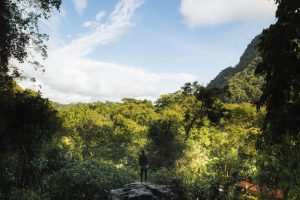
Natural Heritage Tingo María. Photo: Peter Rosales
However, more than ever we need to recognize that protecting and strengthening the management of our Natural Areas is the best investment for our present and our future. Our sons and daughters deserve it; our daily lives need it.
From Profonanpe and Sernanp, we reaffirm our purpose of promoting the sustainability of life by connecting humanity with the environment, promoting and accompanying the Peru’s Natural Heritage initiative.


